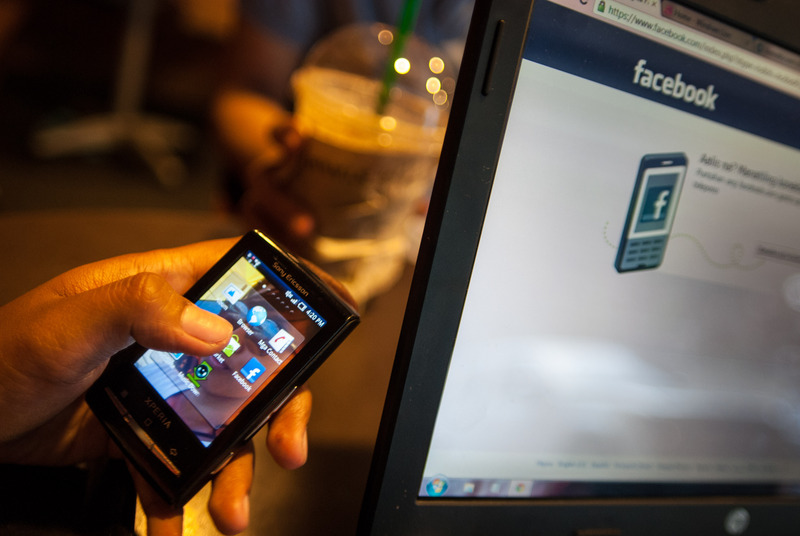Facebook video policy attempts to ‘draw the line’ on free speech

The question anyone who defends free speech gets asked most frequently is “Where do you draw the line?”
The announcement by Facebook today that it will allow users to post videos of beheadings is bound to raise that question.
So where do we draw the line? The answer is that it is nigh-on impossible, when discussing free speech, to take general positions on any specific kind of speech or content. One must always look at the context.
Facebook’s own statement reflects this:
“Facebook has long been a place where people turn to share their experiences, particularly when they’re connected to controversial events on the ground, such as human rights abuses, acts of terrorism and other violent events,” the company said in a statement.
“People share videos of these events on Facebook to condemn them. If they were being celebrated, or the actions in them encouraged, our approach would be different.”
This might sound frustrating, particularly when, as the Guardian’s Jonathan Freedland points out, you contrast it with Facebook’s oft-cited banning of pictures of breastfeeding women.
But the blocking of breastfeeding pictures illustrates exactly the problem with drawing arbitrary lines on free speech. One can see a certain logic behind not allowing pictures of bare breasts; Facebook doesn’t want its platform to be given over to soft and hard porn; but most adults realise that images of bare breasts are not necessarily pornographic. Facebook policy, by the way, is not to ban pictures of breastfeeding women. But they admit to making mistakes and removing content that should not be removed. They do have a blanket ban on nudity.
Not every video of extreme violence can be automatically categorised as “snuff”, and there is an argument that if one wants to discuss brutality, one must be able to see it. Perhaps in an attempt to counter claims that allowing beheading videos to be viewed would somehow create a market for them, Facebook has said it will not allow videos posted by people seeking to praise the content. This, in terms of the free speech argument, yet again raises questions about the use and abuse of the notion of “glorification of terrorism” laws. We’re back to attempting to draw lines.
Debates over what is and isn’t “acceptable” free speech will never go away. And we will never honestly establish where the “line” is. Any discussion should begin with the premise of free speech as an absolute, and, if necessary, tiptoe backwards cautiously from there.
This article was originally posted on 22 Oct 2013 at indexoncensorship.org
